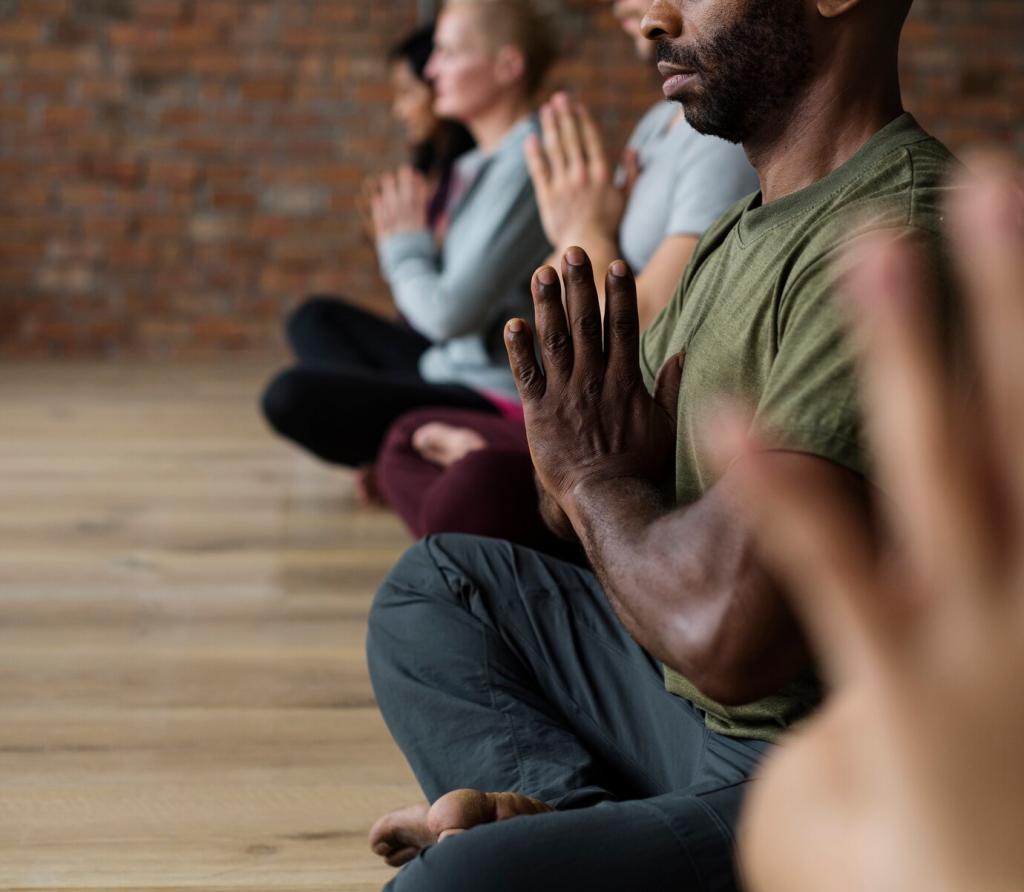Selected theme: Breath Control Techniques for Sports Success. Welcome to a home base for athletes who want their breath to become a training partner, not an afterthought. Here you’ll find practical methods, relatable stories, and science-backed insights that turn every inhale and exhale into momentum. Join us, share your experience, and subscribe to keep growing your breathing game.
The Physiology Behind Breath Control in Sport
Balancing Oxygen and Carbon Dioxide
Performance is not only about oxygen; carbon dioxide tolerance matters because it unlocks oxygen from hemoglobin more efficiently. Improve CO2 tolerance and your muscles receive fuel under stress. Notice how controlled, steady exhales during effort can calm urgency and sharpen decision-making during key moments.
Diaphragm Mechanics and Posture
Your diaphragm is a powerful core muscle that stabilizes the trunk and influences force transfer. When it moves well, ribs expand, posture aligns, and energy leaks shrink. Practice gentle belly and lower rib expansion to feel more stable under load and more efficient during long, rhythmic efforts.
Calming the Autonomic Nervous System
Longer exhales stimulate the parasympathetic system, easing tension and sharpening focus. A simple nose inhale followed by a slightly longer mouth or nose exhale can steady your hands and your head. Try it during warm-ups and share in the comments how your pre-competition jitters respond.
Core Techniques Every Athlete Should Master
Lie or sit tall, one hand on chest, one on belly. Inhale through the nose, feel the lower ribs widen, then exhale softly without collapsing your posture. Keep shoulders relaxed and jaw unclenched. Five slow rounds can reset mechanics before sprints, lifts, or skill work; tell us your sensations.

Sport-Specific Applications
Use nasal inhales during easy runs to control intensity, then switch to mixed breathing as speed rises. On hills, slightly lengthen your exhale to stay relaxed under strain. Pair cadence breathing with arm drive, and maintain tall posture. After the session, note which breathing rhythm best reduced side stitches.

Sport-Specific Applications
For heavy lifts, brace by expanding 360 degrees through the ribs and belly to create tension, then exhale purposefully through the sticking point if the load allows. For maximal attempts, coordinate bracing with form cues. Between sets, a slow exhale reset preserves composure and keeps technique crisp for the next rep.

Between-Rep Reset in High-Intensity Intervals
After a hard rep, stand tall and take two quick nasal inhales followed by one long sighing exhale. Repeat for twenty to forty seconds. This pattern helps offload carbon dioxide gradually and reduces frantic breathing. Notice how it shortens time to composure before the next interval starts.
Post-Session Downshift Protocol
Sit or lie down, breathe in through the nose for four, out for six to eight, for three to five minutes. Keep attention on the lower ribs expanding. This gently rebalances the nervous system. Share in the comments how your heart rate and mental clarity feel after trying this cooldown.
Sleep and Morning Primers
At night, slow nasal breathing with extended exhales can ease you into deeper rest. In the morning, three minutes of calm diaphragmatic breathing primes posture and focus. Pair either with light mobility. Tell us which routine helps you wake sharper or unwind faster after demanding training days.

After a normal inhale, time a gentle, unforced exhale through pursed lips until you reach the end of comfort. Record the seconds, rest, and repeat. Improvement suggests rising CO2 tolerance. Retest weekly and note how it correlates with composure during hard sets or finishing kicks in races.

Heart rate variability trends and resting respiratory rate reflect recovery status. Pair easy nasal breathing and extended exhales on low HRV days to support restoration. On high HRV days, challenge cadence patterns at speed. Compare logs over a month and post insights about which choices improved consistency.

Attach breath practice to existing routines—pre-warm-up, during cooldown, or before bedtime. Log duration, pattern, and how you felt. Small, frequent sessions beat occasional marathons. Comment with your habit stack so others can borrow it, and subscribe for templates to keep your practice organized.
